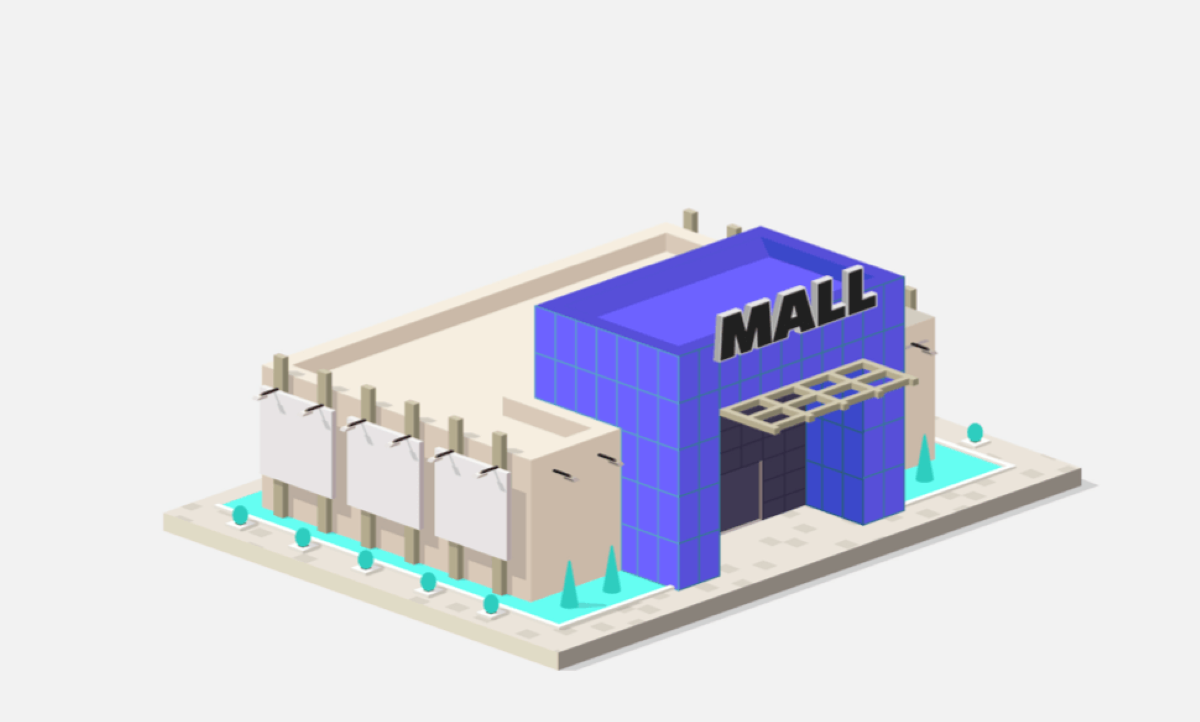
Analyzing Black Friday data shows that a resurgence of COVID cases has clearly affected the wider retail economy. Whether it be a typical indoor mall, or outlet center, and whether the location be in New York or California, every type and every region has been affected.
So, how did COVID affect mall visits on one of the biggest shopping days and weekends of the year? Well, unsurprisingly a holiday that typically drives massive crowds and significant traffic peaks didn’t drive the same excitement as previous years. We dove into nine malls, both indoor and outlet, around the country to look at just how significant that impact was.
Black Friday Weekend
Black Friday is the epicenter of a weekend that usually drives mass retail hysteria across the country with its unbeatable deals. But the terribly timed rise of COVID cases led to a situation that severely limited visits for malls across the country, both indoor and outlet. Each mall analyzed saw significant year-over-year traffic declines for Black Friday itself – and this is without considering full closures on Thanksgiving. The Woodfield Mall in Illinois and Destiny USA in New York, showed the most severe declines at 58.8% and 58.7% respectively. But, while Black Friday didn’t drive the same excitement as the previous year, the days following bounced back quite nicely.
The Saturday and Sunday post Black Friday drew visits that were much closer to 2019 levels. In fact, Destiny USA, the mall that was the most severely affected on Black Friday, drew visits on Sunday that were 14.7% above 2019 levels. So while the busiest shopping day of the year didn’t produce impressive numbers, the days after proved to be positive for each mall analyzed. This indicates that shoppers likely remained at home to avoid the enormous crowds the unofficial holiday draws and focused on heading to the shops in the days following. And this could provide a critical insight into how holiday season shopping patterns will shift.
Indoor vs. Outlet Performances
This change in approach also generated a greater comfort with outdoor oriented malls when compared with their indoor counterparts. When analyzing this group for the period since reopenings in May, it’s clear that outdoor outlet centers performed far better than traditional indoor malls.
When looking at mall traffic overall from May through November we see the indoor centers measured down 52.5% overall year over year, while outlet centers were only down 34.9% in that period. This was heavily affected by the outdoor environment providing a greater sense of concern among consumers and less restrictions being enforced, and also supported by outlet center’s value orientation during a period of economic uncertainty.
And the same trend had a significant impact on Black Friday weekend as COVID cases drove consumer concern and increased state level restrictions. Here too, outlet centers performed significantly better during Black Friday weekend. Traffic to outlet centers was down 47.7% on Black Friday, slightly better than the traditional malls, where traffic was down 53.4%. But Saturday and Sunday both yielded far better results for outdoor centers. Visits to the outlet malls analyzed were down 27.6% on Saturday, but up 29.7% on Sunday – a number driven heavily by one large outlet center that saw visits up more than double year over year. On the other hand, indoor malls saw visits down 41.0% year over year on Saturday and 20.4% on Sunday.
While this clearly didn’t completely compensate for the Black Friday losses, the outlets centers analyzed saw overall visits down just 15.2% for the overall weekend, whereas the indoor malls saw an overall decline of 38.3%.
Takeaways
This data has a few key ramifications. Firstly, outlet centers are once again seeing strength in the face of COVID as they provide a safer relative experience while still allowing holiday season shopping. Secondly, as expected, this holiday season is going to see visits spread out in ways not normally experienced. While this will lead to the dilution of key shopping days like Black Friday, it will likely privilege other days creating unexpected visit strengths. Thirdly, it emphasizes a unique opportunity being presented to outlet centers in the near term to take a greater piece of the overall shopping pie.
But perhaps most importantly, it creates an environment where normal benchmarks and barometers become increasingly difficult to rely upon, pushing us to analyze the wider season as a whole as opposed to focusing heavily on classic shopping peaks like Black Friday.
To learn more about the data behind this article and what Placer has to offer, visit https://www.placer.ai/.







Sign up to receive our stories in your inbox.
Data is changing the speed of business. Investors, Corporations, and Governments are buying new, differentiated data to gain visibility make better decisions. Don't fall behind. Let us help.













Sign up to receive our stories in your inbox.
Data is changing the speed of business. Investors, Corporations, and Governments are buying new, differentiated data to gain visibility make better decisions. Don't fall behind. Let us help.





